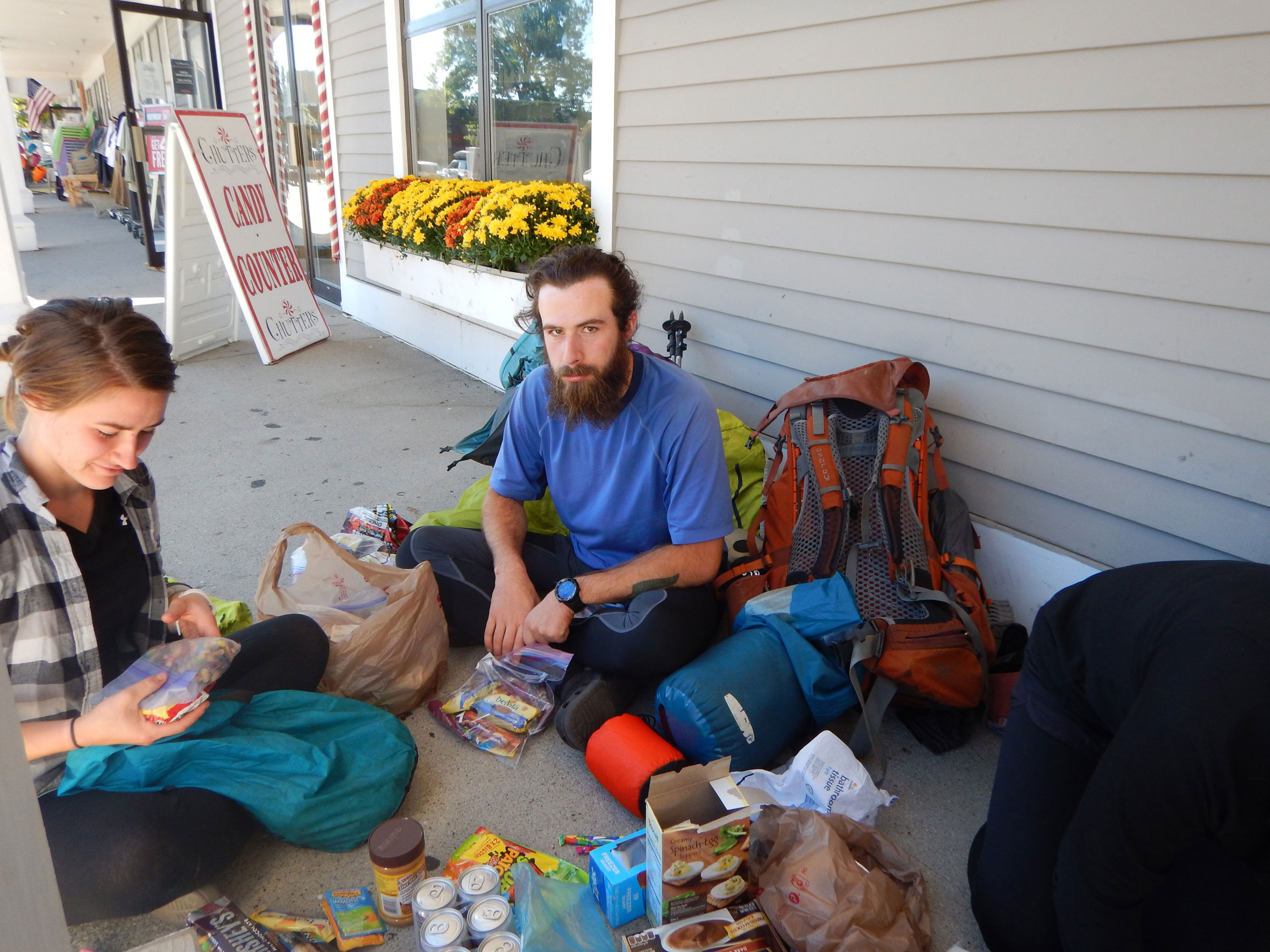Planning the contents of a mail drop can be a little overwhelming if you don’t know where to start. There are many ways you can do this and ultimately the contents of the box is entirely up to you. One way that has worked for me has been thinking of an entire day’s worth of food by splitting it up into:
- Breakfast
- Lunch
- Dinner
- Snacks (lots of them)
Next, figure out how many days you’ll need to make that food last. Then, add the above for that many days. It’s definitely recommended to mix things up each week so you’re not stuck with repetitive meals. You could try alternating snacks, as an example. I used to send cheez-its one week, soy nuts the next, etc. However you decide to do this, keep in mind that variety is important.



